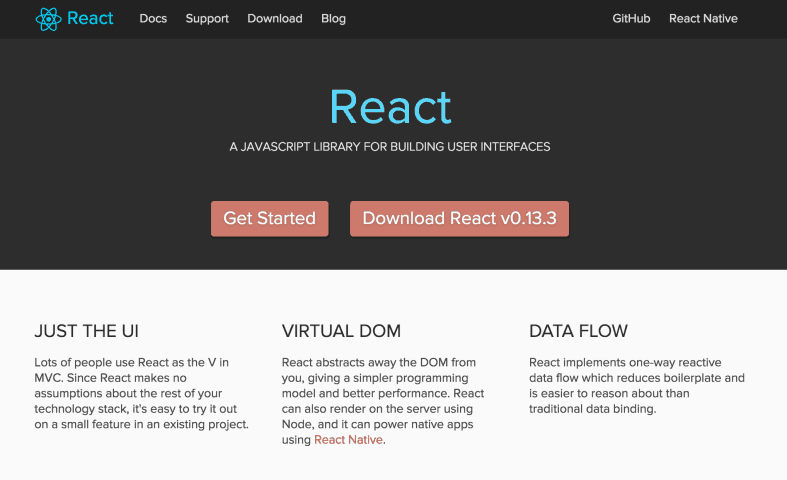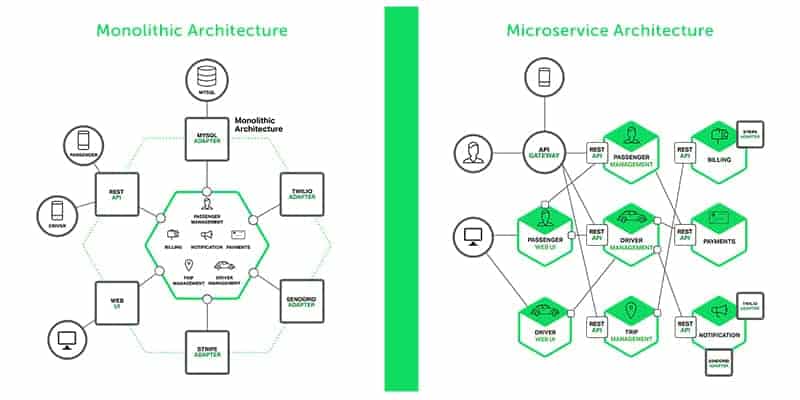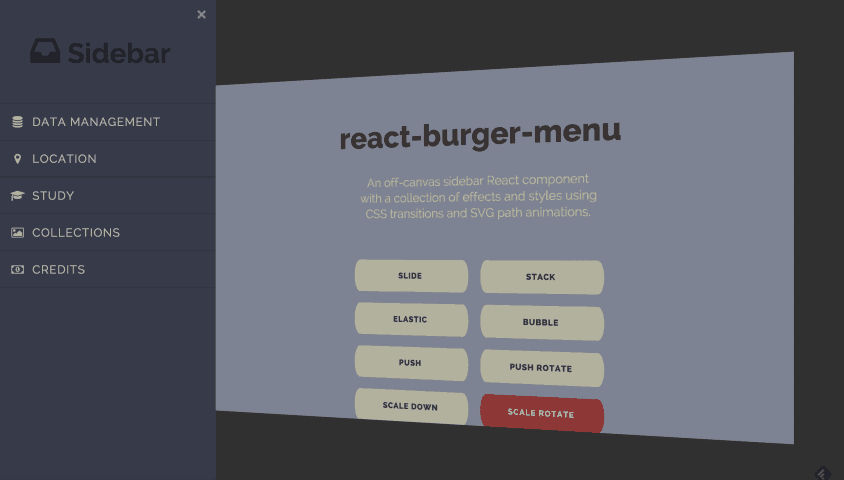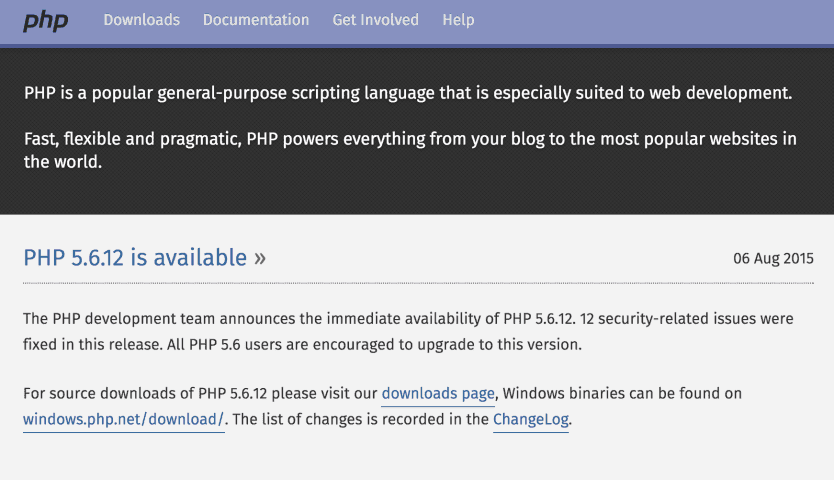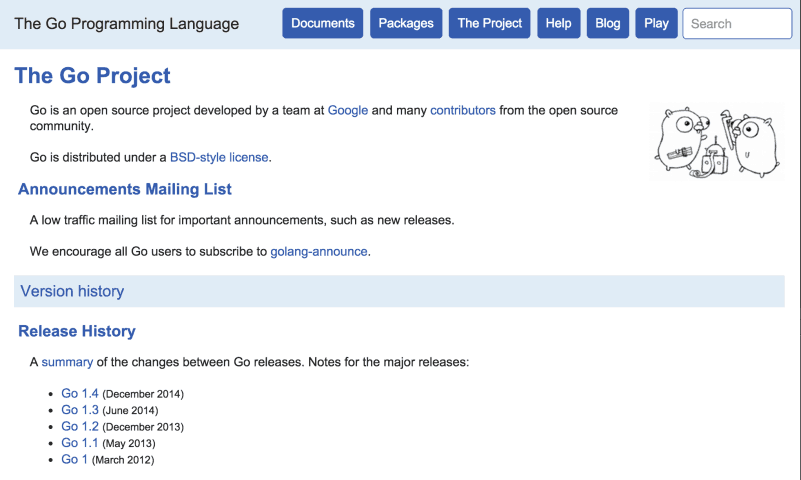Author Credit: Scott Rayden
If you’re in client services or sales, you’ve most definitely heard a few prevailing myths about one or another facet of digital marketing.
Instead of using a phone call to review numbers or talk case studies, you go down the rabbit hole of gently explaining (often to CMOs who don’t have their ear to the ground on all things digital) why old assumptions need to be put to rest.
With that in mind, we did a quick poll of our client services team to learn the myths they’ve needed to dispel (repeatedly) across channels and services. Add this to the questions I answer every day for (sometimes half-informed) prospects looking for a leg up in digital marketing, and we’ve got a pretty healthy list.
Some of myths were once true but need to be revisited; some never really were true but became part of an easily-spouted narrative. In each case, we’ll take a look at the myth — and the corresponding truth.
We’ll start with SEO myths, move to paid social, then look at myths surrounding creative, SEM, attribution, mobile and retargeting.
Myth #1: SEO Can Be “Set It And Forget It”
We often encounter clients who allocate a certain budget towards SEO for a quarter, then just replicate that budget in subsequent quarters. (Some also siphon budget from SEM for a quarter to “do SEO” and then never come back to their organic efforts.)
The idea that SEO is a one-time project, or a project that requires the same amount of resources over regular intervals, is a faulty one. Like any other channel, it requires more than just maintenance; it must involve a cycle of testing and re-strategizing that can dig up reasons to increase (or decrease) resources.
Search algorithms change all the time — and SEO and content strategies have to be revisited at least yearly to make sure they’re still effective.
Myth #2: I Can Buy A Tool For My In-House SEO Team, And They’ll Be Golden
Tools are great for efficiency and automation. But they cannot replace human talent, intuition or foresight.
I’ve seen instances where in-house teams that are too heavily reliant on tools become pigeon-holed in a vertical, which actually leads to a narrow perspective and lost understanding of the overall space.
Myth #3 (One Of Our Favorites): SEO Is Dead
The SEO of 2010? Sure, that’s dead. Tons of black-hat and gray-hat techniques have gone to seed.
SEO as a discipline looks a lot different and varied today than it did back then; it’s much more interdisciplinary, and mere keyword optimization and proper site architecture won’t get you as far as it used to.
But it’s also grown to incorporate hugely important initiatives like UX, conversion rate optimization and CTR optimization.
Myth #4: Social Is A Top-Of-Funnel Channel
Yes, this was the belief (and sort of the truth) for many years. Today, thanks to incredibly improved targeting, ad types and available data on platforms like Facebook and Twitter, you can make social a bottom-of-the-funnel direct-response channel.
For many brands, social is the largest driver of new customer acquisitions and customer retention.
Social is all about people-based marketing; it allows you to reach the right people at the right time with the right message.
CMOs who have tried social in the past and are skeptical about its ability to drive bottom-line results should reinvest in the channel — or at least devote a small amount of budget to testing and be prepared to like the results.
Myth #5: Social Can Only Work For A Few Select Industries
Social can be an efficient channel for just about any industry. With that said, not all social channels are created equal, and you shouldn’t put equal emphasis on each channel.
If you’re a B2B company with a very technical service offering, for instance, Pinterest and Instagram are not channels to focus on; look at Facebook, Twitter and LinkedIn.
The same is true if your brand is on the other side of the spectrum — if you’re a B2C online fashion retailer, LinkedIn is not the channel for you. But both ends of the spectrum have social channels that, implemented intelligently, can provide great return.
Myth #6: Negative Comments On Social Are Bad For Business
We hear this a lot, and it’s wholly untrue. Legitimate customer concerns around your product or service should be addressed head-on and considered golden opportunities for education and for allowing your customer service to shine.
Do not hide legitimate concerns or comments; instead, provide a very thoughtful response with the option to call or email customer service for further assistance, and make sure someone is following up internally to solve those issues before they become widespread.
And remember: The more you invest in your brand on social and grow your presence, the more brand loyalists and evangelists will come to your rescue and defend your brand to the naysayers.
Is it emotionally hard to see critical feedback? Of course it is. But you can turn it into a useful source of information and goodwill for your business.
Myth #7: Once You’ve Done A Cycle Of Creative Testing, You’re Done
Testing is never done. You should constantly be iterating on your pages, no matter how awesome the first wave of results might have been.
But remember that your testing should always be based on a hypothesis; don’t just test for the sake of testing.
Myth #8: You Should Constantly Be Redesigning Your Pages/Site
Constantly redesigning? No, not necessarily. But, to the point above, you need to test constantly whether you should redesign.
If you do want to redesign, make sure you have the results to back up the decision.
Myth #9: All Creative Needs To Be Flawless
The axiom “never let the perfect get in the way of the good” is wisdom you should live by where creative is concerned. Get it good, then test it.
Don’t lose time; get data.
Myth #10: SEM Is Not Good For Branding
It’s true that a channel based on intent is not the right choice to acquire new customers; if they haven’t heard of you, they won’t search for you.
That said, bidding on competitor terms is absolutely fair game, and there are ways to make big non-brand head terms more affordable than you think. (We’ll get to that in a second.)
Beyond all that, SEM is critical in preserving brand reputation; you can reinforce brand messaging and keep your competitors at bay by dominating the SERPs for your brand terms, for instance.
Now, about those head terms…
Myth #11: You Can’t Afford To Buy Big Head Terms On SEM
If your team is doing its job, you know the people who have already been to your site.
With search retargeting, you can buy head terms for just those users — who will generally be more familiar with your brand and therefore closer to conversion.
Myth #12: Attribution Is Overwhelming
Attribution technology is absolutely overwhelming. Attribution options (last click, first click, Time Delay, game theory and so on) can be overwhelming.
But there’s a lot you can accomplish just by setting up conversion pixels and Google Analytics accounts correctly — and if you’re a B2B, making sure your CRM is integrated with your marketing efforts. (There’s a wealth of info out there on attribution, but this post by Google’s Avinash Kaushik is a good starting point.)
Myth #13: Last-Click Attribution Is Best
Well, it’s certainly the easiest to track, but last-click attribution gives inordinate weight to direct-response channels (SEM, Facebook) and completely devalues upper-funnel channels that introduced you to users in the first place.
You can make an argument for (or against) any attribution models, but if you go with last-click attribution, make sure you have some proxies to gauge the value of your upstream channels — otherwise, you risk cutting off the flow of discovery and shrinking the funnel itself.
Myth #14: People Don’t Convert On Mobile
People are far less likely to go through a lengthy checkout process and fill out all those tiny fields on their mobile phones. If you’re asking them to replicate the desktop process on their mobile phones, you’re aiming for the wrong conversions.
Make your mobile B2B forms simpler. Ask your mobile e-commerce users to sign up for coupons they can use on desktop sites.
Focus SEM mobile ads on phone calls. Offer cross-device shopping cart integration.
(All of this is a nice way of saying that if people aren’t converting on mobile, it’s not the phone that’s at fault.)
Myth #15: Retargeting Is Creepy
Yes, it can verge on creepy if you ignore best practices. But done right, retargeting (or remarketing, as Google calls it) simply re-engages people who are already familiar with your brand.
There are a lot more myths (believe me!) out there, but these are the ones we encounter the most. What have you heard (and debunked) in your digital travels?
Author credit: Scott Rayden
AllMobile Marketing



